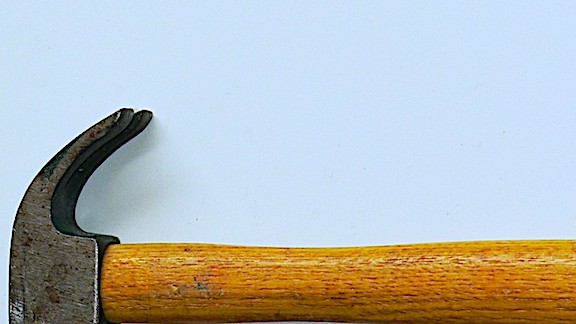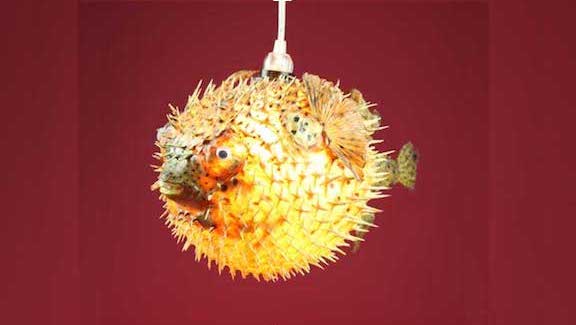Stripping the Fat to Find the Bone: Reason in Violence
Sane, socialized people see resorting to violence as the unique purview of the frustrated simpleton, the enraged id unleashed, and the insane. By saying you are willing to use violence as a survival tool you are also saying (in the layperson’s mind) that you are a card-carrying member of one of those groups.
Sane, socialized people want desperately to ascribe “reason” to violence. It’s a scary, random thing that they (typically) only ever think of as happening to them. If they can hitch it to a reason, then they think they can use their social skills to avoid it by:
– Staying away from performatively antisocial people.
– Being nice.
– Avoiding the insane.
Not bad ideas in general, but hardly enough insurance for you, personally, to bet the rest of your life on. “Speak softly but carry a big stick,” and all that.
The essential problem is that when the layperson looks at the idea of violence without reason they see (rightfully so) the very definition of a monster. And you just said you were one.
They don’t understand that a tool is just a tool—picking up and using a hammer to drive nails doesn’t mean you’re any more likely to run around the neighborhood smashing car windows than you were before you picked it up. Of course, the layperson sees an increased likelihood of vandalism simply because you picked up the tool. They suffer from an underlying assumption that there is reason and purpose to it—you only ever pick up a hammer to nail things, right?
For a sane, socialized person who happens to be trained in the use of violence as a survival tool, you are no more likely to use it inappropriately, in monstrous fashion, than you were before you were trained. In fact, you’re probably less likely to seek out “opportunities” to use it now that you know, without ambiguity, what’s at stake. (Nobody’s willing to die for a parking space. Unless you live in Southern California.)
But it is this dispassionate, morally neutral view of violence that is troubling to the average person. There has to be a reason behind it, passionate and evil, or there is no social blanket of rules woven thick enough to keep them warm against the shuddering cold void of the universe laid bare.
What they need to understand is:
It’s not from a lack of options.
It’s because your long utility belt of shopworn social tools failed to get the job done. The tool of violence is only good for one thing—shutting off a human brain. It’s the end of the line, the final option in a long list of tools and techniques. If you’re injuring people, you’ve run through and exhausted all the other social tools and arrived at the last one, glinting cold and hard in its “in case of emergency break things” box.
It’s not out of anger.
Heightened emotions are not a requirement for injury. In fact, killing with dispassion is the hallmark of the sociopath. This is the stickiest point for most people—they assume that if you don’t have to be “worked up” in order to injure people then you’re empty inside, too.
It’s not insanity.
If you were sane before, you’ll still be you on the other side. Crazy is not a requirement for injury.
The simple fact is that there is no reason to it. You’re not injuring someone because of any extraneous reason—you’re injuring them to shut them down. If you’re in there to “fight for your life” and he’s just in it to kill you, you’re probably going to get killed. The person with the clearest, cleanest, and smallest achievable goal will tend to prevail. This is what we mean when we say “intent”, which is another way of expressing monomaniacal focus. The focusing of your entire will and effort onto one small thing at a time—destroying a single square inch of him.
— Chris Ranck-Buhr (from 2005)











